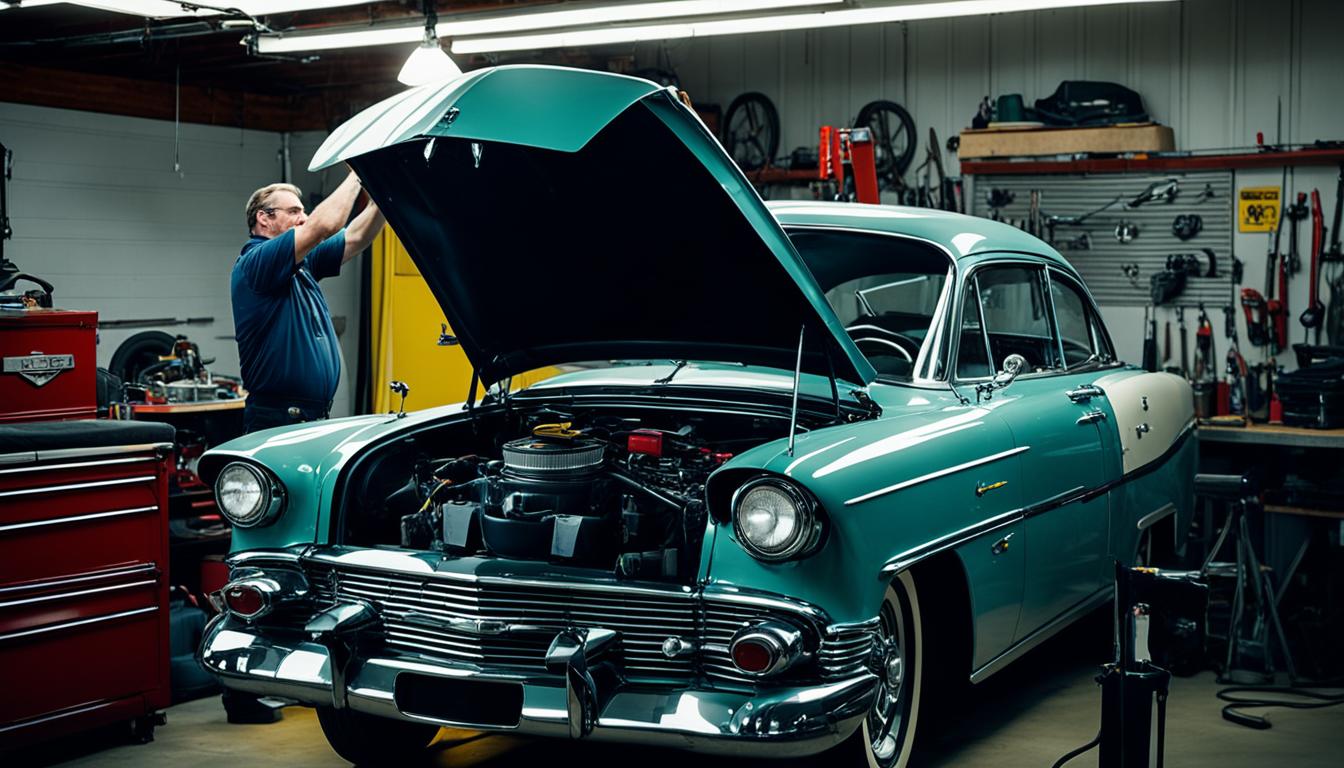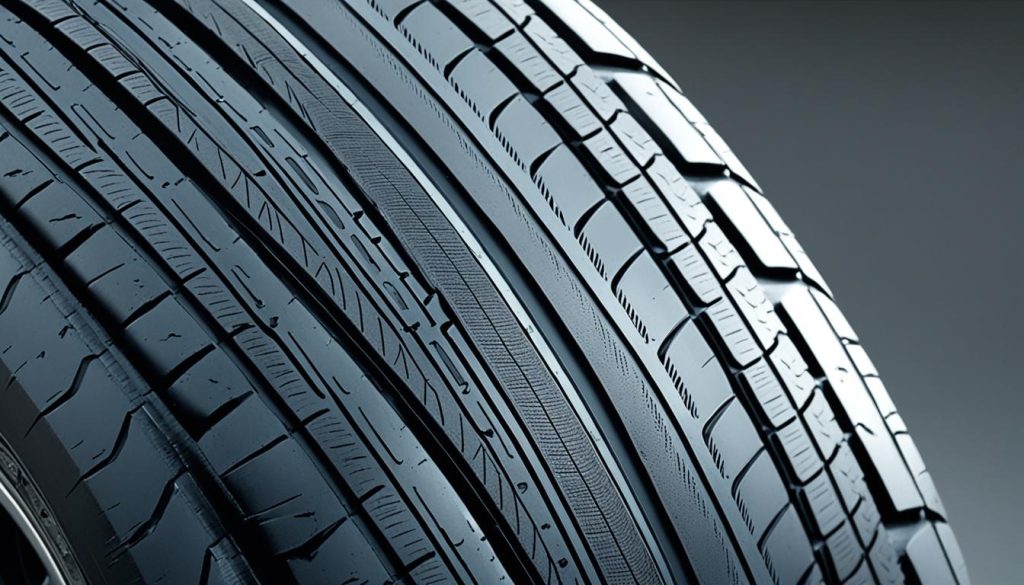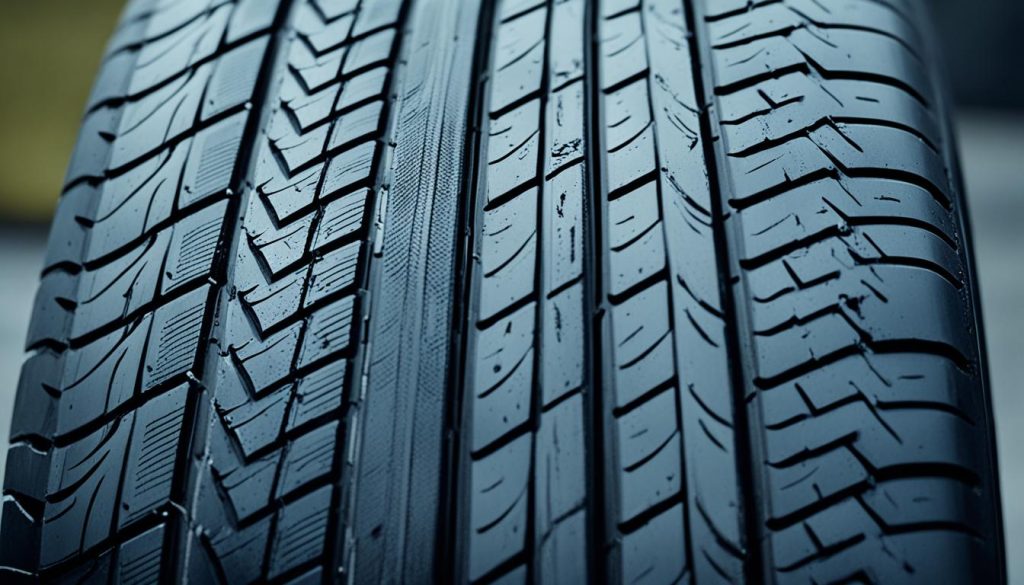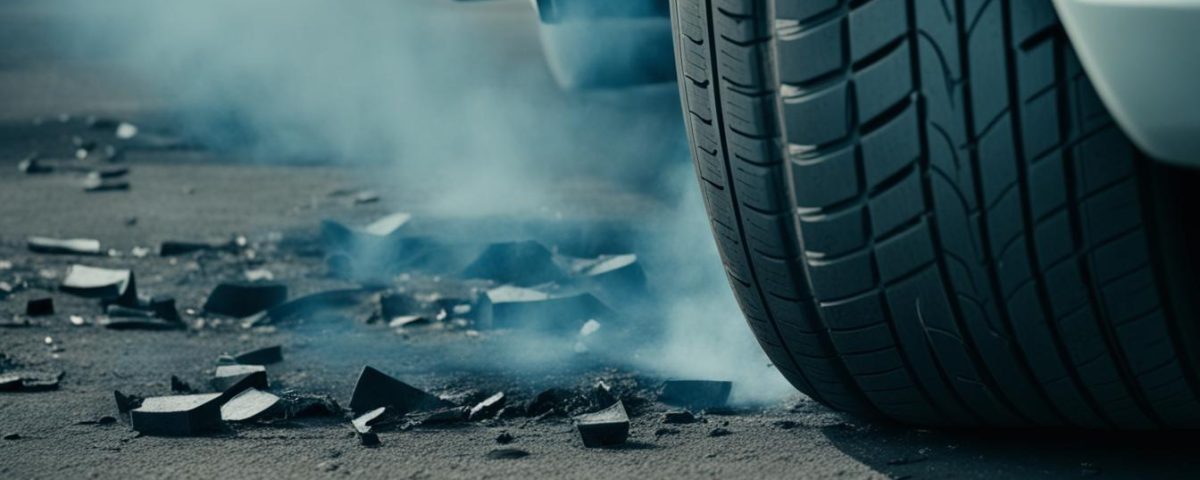
Repairing Modern Safety Features After a Collision

Classic Car Collision Repair: Restoring Vintage Beauty
When you are involved in an automobile accident, the impact often goes beyond just the body of your vehicle. Your tires and suspension components can sustain significant damage as well. It is crucial to have your car inspected by a professional auto body repair shop, such as Miracle Body and Paint, to identify and address any hidden damage to ensure your safety on the road.
Key Takeaways
- Tire damage can occur during an accident, even if the body of the vehicle appears unharmed.
- Common signs of tire damage include alignment issues, steering wheel shakes or looseness, and unusual sounds.
- Proper tire damage repair may involve plug-only or combination repair methods, depending on the extent of the damage.
- In some cases, tire replacement may be necessary to ensure the safety and reliability of your vehicle.
- Partnering with a trusted auto body repair shop is essential for identifying and addressing any hidden tire or suspension damage after an accident.
Signs of Tire Damage After an Accident
After a car accident, it’s crucial to inspect your vehicle thoroughly for any signs of tire damage. One of the most common indicators is an alignment issue, where your car pulls to the left or right when you release the steering wheel. This could be a result of suspension problems or even a damaged tire rod.
Another sign to watch out for is a shaky or loose steering wheel. If your steering wheel feels unstable while driving, it may indicate a problem with your suspension or the alignment. This could be a sign of tire rod damage that needs to be addressed.
Alignment Issues
A misaligned vehicle can lead to uneven tire wear and handling problems. If your car drifts or pulls to one side, it’s a clear sign that your alignment is off and may need to be adjusted.
Steering Wheel Shakes or Feels Loose
If your steering wheel shakes, wiggles, or feels loose when driving, it could be a result of suspension issues or tire rod damage. This can cause your car to feel unstable and affect your ability to control it properly.
It’s important to have your vehicle inspected by a professional, such as the experts at Miracle Body and Paint, to diagnose and address any underlying tire damage or suspension issues caused by the accident.

Tire Damage Repair: Identifying the Problem
After a collision, it’s crucial to have your vehicle thoroughly inspected for hidden tire damage. While the visible damage may seem minor, underlying issues can escalate into major problems down the line if left unaddressed. At Miracle Body and Paint, our experienced technicians conduct a comprehensive post-accident inspection to identify any potential problems, ensuring your vehicle is safe and roadworthy.
Some key signs of hidden tire damage to look out for include:
- Difficulty opening or closing the trunk, doors, or hood – This could indicate issues with the vehicle’s frame or suspension.
- Uneven tire wear – Misalignment or suspension problems can cause tires to wear unevenly, compromising their performance and safety.
- Flickering or dead lights – Electrical system damage can lead to lighting issues, posing a hazard on the road.
- A check engine light turning on – This may be a sign of hidden damage to the engine or other components.
- Fluid leaks – Leaks can indicate damage to the vehicle’s cooling, braking, or other critical systems.
By having a professional auto repair shop like Miracle Body and Paint conduct a thorough vehicle inspection, you can rest assured that any tire damage or other hidden damage will be identified and addressed, ensuring the safety and reliability of your vehicle.

Proper Tire Damage Repair Methods
When it comes to repairing tire damage after an accident, there are several methods to consider. The National Highway Traffic Safety Administration (NHTSA) has specific recommendations on the proper way to fix a punctured tire. Let’s explore the different tire repair techniques and why the combination repair is the preferred approach.
Plug-Only Repair
One common tire repair method is the plug-only repair, where a string-like plug is inserted into the puncture hole. While this may seem like a quick fix, the NHTSA advises against this approach. Plug-only repairs allow air and moisture to seep into the tire, leading to degradation of the steel belts and increasing the risk of tread separation, which can be dangerous.
Combination Repair
The tire industry and the NHTSA recommend the combination repair as the only proper method for tire damage. This technique involves both a repair patch and a rubber plug or stem to seal the puncture hole and prevent air and moisture from entering the tire. A qualified technician, like those at Miracle Body and Paint, should perform this type of repair to ensure the safety and longevity of the tire.
Compared to plug-only or patch-only repairs, the combination repair is the most effective way to address tire damage and maintain the integrity of the tire. By sealing the puncture from both the inside and outside, the combination repair provides a long-lasting and reliable solution, keeping you safe on the road.
Tire Damage Repair: When to Replace
When it comes to tire damage, it’s crucial to understand when tire replacement is necessary. While temporary tire repair options like plug-only or combination repairs may seem like a quick fix, they can actually compromise the safety and integrity of your vehicle in the long run.
The tire industry maintains that plug-only repairs allow air and moisture to penetrate the tire, leading to the degradation of the steel belts and the deterioration of the tire’s internal structure. Over time, this can weaken the tire and increase the risk of a catastrophic tread separation, putting your safety at risk. Several legal cases have demonstrated the dangers of improper tire repairs, where accidents and injuries resulted from these types of temporary fixes.
If the damage to your tire is extensive or goes beyond a simple puncture, it’s best to consider tire replacement. This ensures that your vehicle’s tires are in optimal condition, providing the necessary traction, handling, and safety you need on the road. Miracle Body and Paint is a trusted auto body shop that can properly assess the damage and guide you towards the best course of action, whether it’s tire repair or replacement.
- Plug-only repairs can weaken the tire’s internal structure over time, increasing the risk of tread separation and compromising safety.
- Combination repairs (plug and patch) are a better option, but may not be suitable for all types of tire damage.
- If the tire damage is extensive, replacement is the safest and most reliable choice to maintain the integrity and performance of your vehicle’s tires.
Don’t take chances with your safety. When it comes to tire damage, it’s better to err on the side of caution and have your tires properly inspected and repaired or replaced if necessary. Investing in the long-term health of your vehicle’s tires is a small price to pay for peace of mind and the assurance of a safe driving experience.
Conclusion
In the aftermath of an accident, it is crucial to have your vehicle thoroughly inspected by a professional, even if the visible damage appears minor. Tire damage, such as alignment issues, steering wheel problems, and abnormal sounds, can all be indicators of underlying suspension or structural problems that require prompt attention.
Proper tire repair methods, like the combination repair recommended by the National Highway Traffic Safety Administration (NHTSA), are essential to ensuring the safety and longevity of your tires. If the damage is severe, tire replacement may be the best course of action. At Miracle Body and Paint, our experienced team is dedicated to getting your vehicle back on the road safely.
Whether you need collision repair or tire damage services, the experts at Miracle Body and Paint are here to assist you. We prioritize your safety and strive to restore your vehicle to its pre-accident condition, ensuring it operates at its best. Trust Miracle Body and Paint to handle all your automotive repair needs with the utmost care and expertise.



